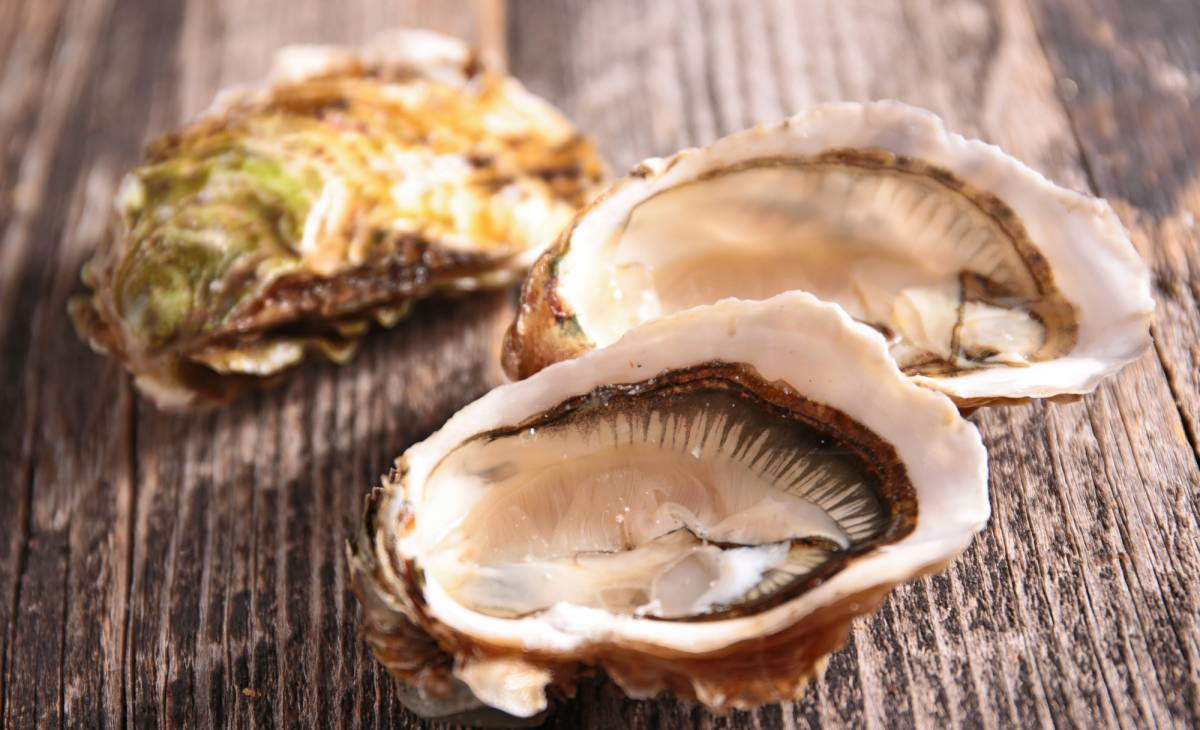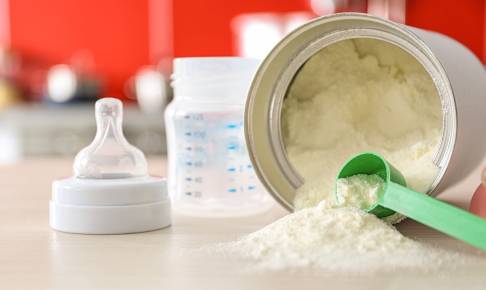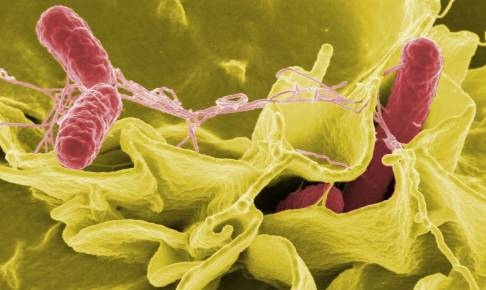Microplastics in oysters: a potential vector of harmful bacteria
A new study, developed by researchers from the University of Portsmouth, has suggested that the accumulation of plastic in food may be underestimated, with concerns that microplastics (MPs) may carry potentially harmful bacteria such as E. coli.
The researchers developed a theory that microplastics coated with a layer of microbes (biofilm) were more likely to be ingested by oysters than clean microplastics because animals recognize biofilm as organic material. Results were obtained by analyzing and monitoring the oxygen uptake, respiration rate, mortality rate, clearance rate and condition index which are the animal's physiological responses.
Filter uptake of microbe coated MPs was 10 times greater than uptake of virgin MPs and metabolic impacts were also observed in filters exposed to microbe coated MPs. Although the experiment was conducted on oysters under optimal conditions, scientists believe similar results could be found in other edible marine species, such as mussels and clams that also filter seawater for food.
The problem is that plastic builds up in the marine animal's tissues and is then ingested by humans while eating. It is of fundamental importance to understand how to reduce the amount of microplastics released into the sea in order to avoid that various marine species are affected with negative consequences to human health. The danger is therefore not exclusively of a chemical nature linked to the ingestion of microplastics but also microbiological due to the possible ingestion of pathogenic microorganisms.
The results demonstrated the potential of this research which will require further investigation.
Source:
https://www.sciencedirect.com/science/article/pii/S004896972104290X?via%3Dihub






















